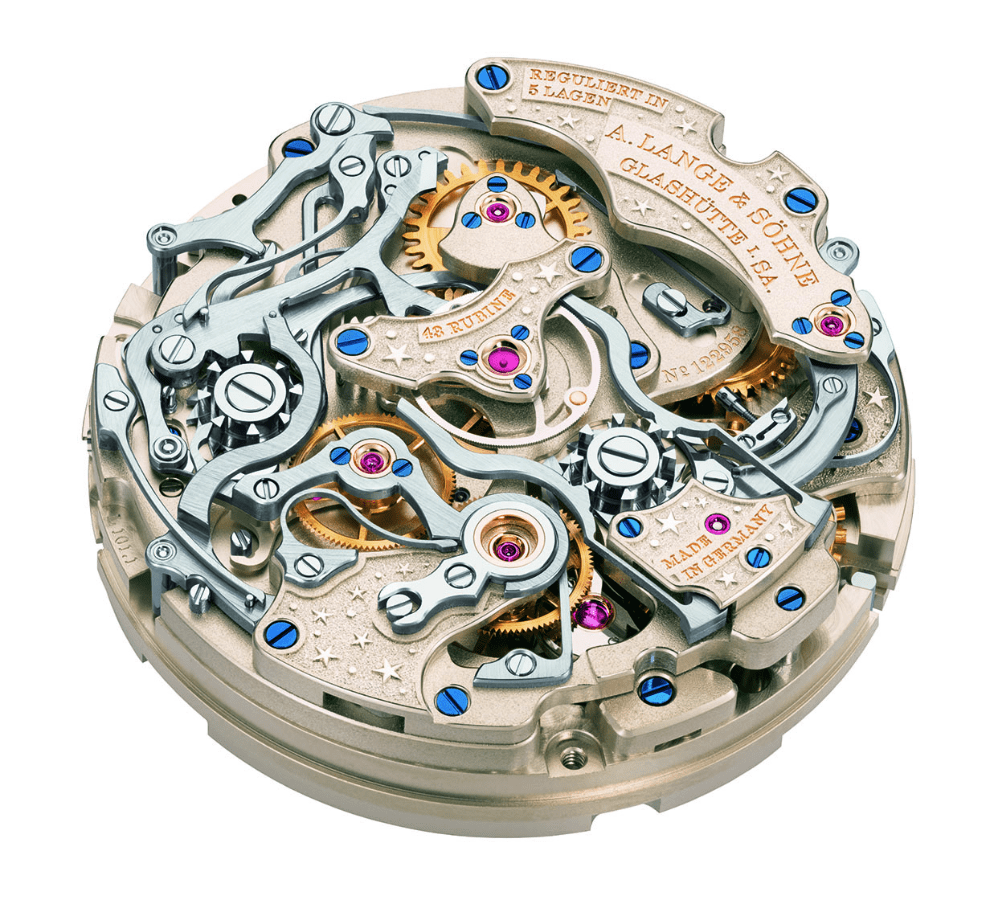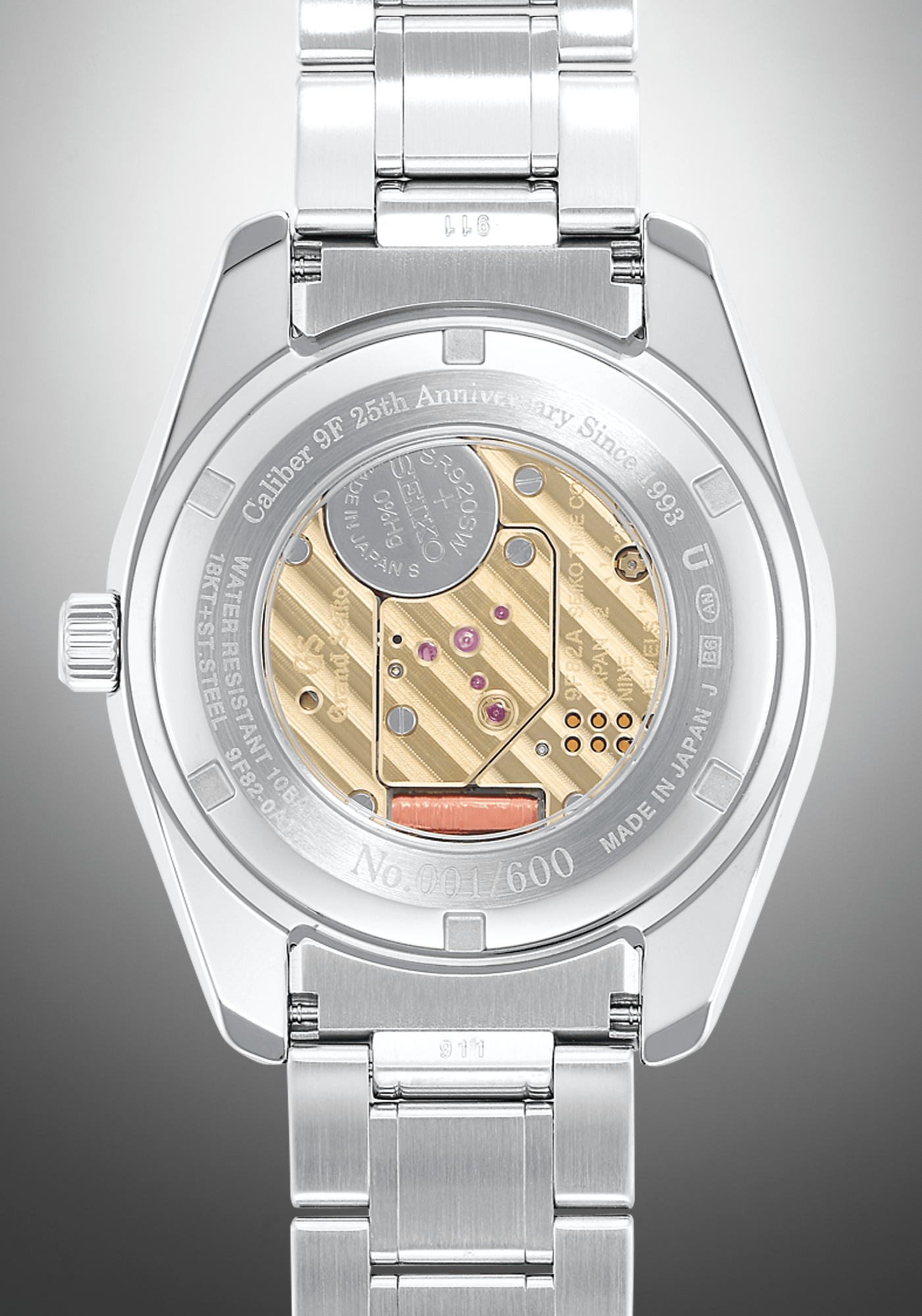
A watch operates the way it does because of the internal movement. There are essentially two types of movements – mechanical and quartz. A mechanical movement is further sub-divided into hand-wound and automatic. Its energy source is the mainspring that needs to be wound up to restore energy. Meanwhile, a quartz movement derives its power from the battery.
Also read: Then & Now: 10 Iconic Watches From The '70s
The easiest way to identify whether a watch is a mechanical or a quartz is to observe the movement of the seconds hand. On a mechanical watch, the hand moves in one smooth sweeping motion. On a quartz, the needle goes tick, tick, tick in quick jumping motion.
Mechanical movements are generally favoured over quartz because the former involves huge investments in craftsmanship – that many of the skills are highly specialised and have survived for centuries only lend them greater credibility. Most, if not all, luxury watches are endowed with mechanical movements.
Quartz is often perceived as sub-par when compared to mechanical movements but that notion is not entirely true. For one, while cheaper and easier to produce, a quartz movement is more accurate than a mechanical movement. Controle Officiel Suisse des Chronometres or COSC's standard accuracy requirement for a quartz to be COSC-certified is + or - 0.07 seconds per day, more stringent than the mechanical’s -4 and + 6 seconds per day.
Plus, it requires less maintenance (usually involving only a change of battery) so it is also more reliable. In fact, you may be surprised to learn that there are big names in the industry that produced very high quality quartz movements, among them Patek Philippe and Breitling. The latter created quite the buzz with its SuperQuartz that is, you guess it, certified by COSC.


